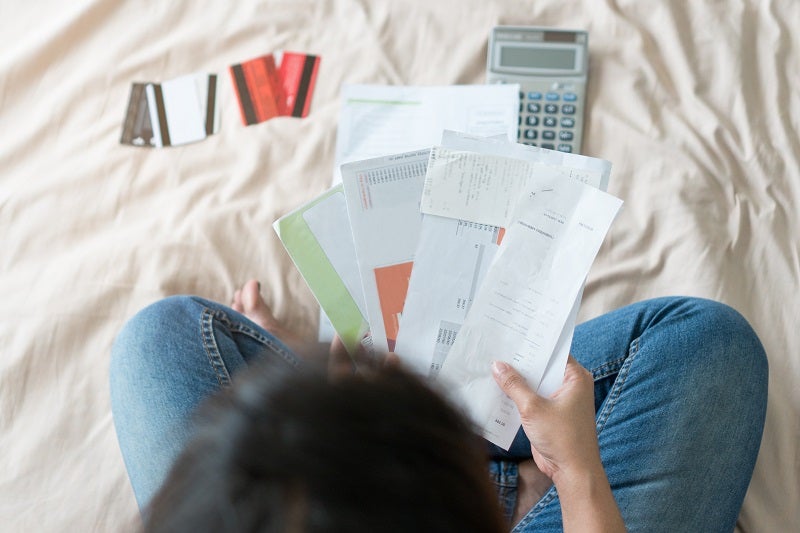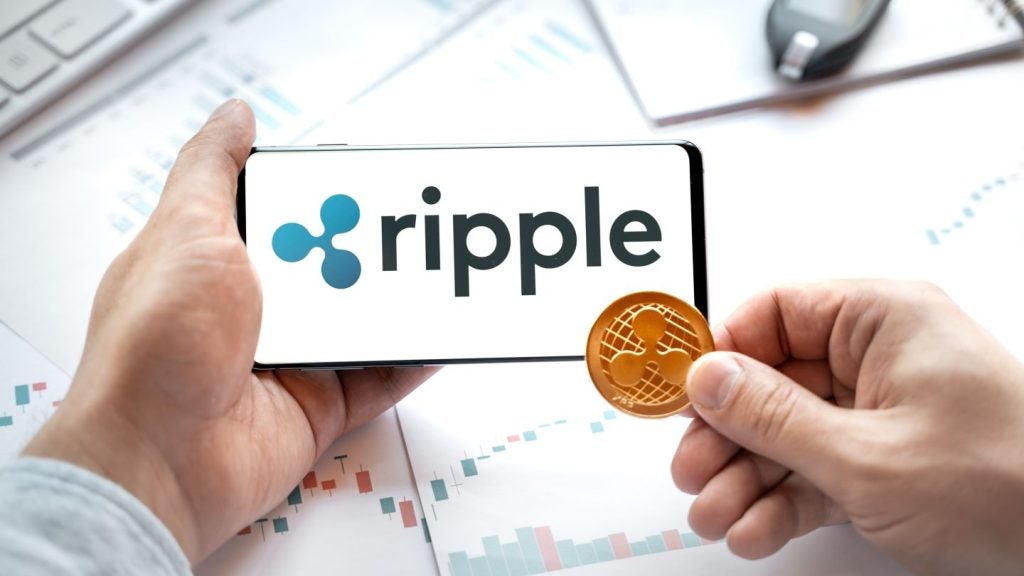
The Bank of England (BOE) says British households have been paying off their debts at the fastest rate since record began. Mohamed Dabo reports
Figures from the central bank show that since the beginning of March, households have repaid £15.6bn of consumer credit. As a result, the annual growth rate fell further in October to -5.6%, a new series low since it began in 1994.
Credit cards were being cleared fastest, with £400m repaid in October alone. This compares to a net repayment of £600m in September. Other forms of consumer credit were broadly flat on the month with a small net repayment of £100m.
The annual growth rates of both components fell further, to -13.0% and -2.0%, respectively. The effective rate on interest-charging overdrafts was 19.7% in October, above the rate of 10.32% in March 2020 before new rules on overdraft pricing came into effect.
Rates on new personal loans to individuals increased in October by 37 basis points, to 5.15%, but remain low compared to an interest rate of around 7% in early 2020. The cost of credit card borrowing was broadly unchanged at 17.96% in October.
Mortgage lending
The mortgage market remained strong in October. On net, households borrowed an additional £4.3bn secured on their homes, following borrowing of £4.9bn in September.

US Tariffs are shifting - will you react or anticipate?
Don’t let policy changes catch you off guard. Stay proactive with real-time data and expert analysis.
By GlobalDataThe continued strength in borrowing follows high levels of mortgage approvals for house purchases seen over recent months.
Mortgage borrowing troughed at £200m in April. But it has since recovered and is slightly higher than the average of £3.9bn in the six months to February 2020.
The number of mortgage approvals for house purchases continued increasing in October, to 97,500 from 92,100 in September. This was the highest number of approvals since September 2007, 33% higher than approvals in February 2020 and around 10 times higher than the trough of 9,400 approvals in May.
Approvals for remortgage (which only capture remortgaging with a different lender) were broadly unchanged in October, at 32,900, and remain around 40% lower than in February 2020.
The ‘effective’ interest rates – the actual interest rates paid – on newly drawn mortgages ticked up by 4 basis points to
1.78% in October.
New mortgage rates have risen back to their level in June. But they remain below the rate at the start of the year (1.85% in January). The rate on the outstanding stock of mortgages was little changed at 2.12% in October.
“Household finances in a time like no other,” UK Finance
If the first three months of this year were turbulent times for many households’ financial situations, they now seem like an oasis of calm.
Lockdown had just begun, and we were beginning to see the impacts of a significant proportion of the UK’s workforce facing an as-yet unknown period away from work or working remotely.
With Q2 data now available, we can see the growing impact of the pandemic and lockdown on households’ finances in UK Finance’s latest Household Finance Review.
The review summarises some key observations on the seismic changes brought about by the pandemic and how these might evolve.
Even ignoring the impact on incomes, lockdown has had a profound effect on what, where, and how much consumers
have bought.
Spending in the tourism and hospitality industries, amongst others, was severely reduced. While there were increases in other areas such as supermarkets and home leisure, and fitness equipment, this was not enough to offset the dramatic falls elsewhere.
As a result, credit card borrowing fell by 40% in Q2, compared to Q2 2019, following a 12% annual decline in Q1.
With many regular consumer spending activities severely restricted, salaries maintained or supported on furlough and
consumers more wary of their ongoing financial positions, Q2 also saw a sharp increase in the amounts held in deposit accounts, which rose by 5% compared to Q1.
Payment deferrals on credit card and personal loan accounts, together with a free overdraft buffer applied to primary current accounts all helped consumers to manage, or even pay off, their unsecured debt.
What does the near-term future hold?
The banking and finance industry has provided unprecedented support to customers as part of its clear plan to get the country through the coronavirus crisis.
This has included millions of mortgage payments deferrals, interest-free overdrafts, and payment deferrals on credit cards and personal loans.
It is still far too early to say with any confidence when the economy will return to something approaching normal activity, or what the longer-term consequences of the pandemic will be. The inevitable rise in unemployment will act as a brake on new lending.







